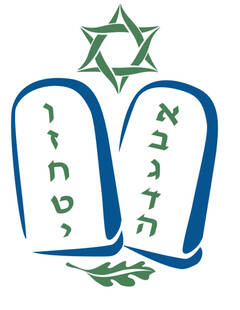08/06/2024 06:21:38 PM
One of the books I was reading this past month is a new scholarly work by the great teacher Moshe Halbertal on the subject of doubt. First published in Hebrew, this translation offers great insights into the pragmatic nature of Jewish rabbinic thought. We might also call the Hebrew word for doubt, safek, uncertainty. For two thousand years Jewish legal discourse has addressed the concept of uncertainty in its rulings. For instance, sometimes there is doubt concerning kashrut, ritual purity, Shabbat observance, and financial questions.
The Bible is not known for dealing with doubt. The rules are presented in a straightforward way most of the time. In later rabbinic tradition, however, borderline questions come forward as real-life situations are considered. An example: a stone wall collapses on Shabbat. It is not certain that anyone was under the wall at the time. If there are people, are they alive or dead? One breaks Shabbat to save a life. One does not break Shabbat for other reasons. What is one to do? What mathematical odds are needed to proceed?
Another kind of doubt is not about reality but about the laws themselves. The first line of the Talmud asks when one should say the morning Shema. This question is asked because the definition of morning is debatable. The ancient rabbis loved to debate the question, but eventually they needed an answer.
We can learn from our ancient rabbinic teachers that the law is taken seriously but there needs to be wiggle room in order to transform the theoretical to actual. Next week we will consider loopholes in rabbinic law and how they matter today.






